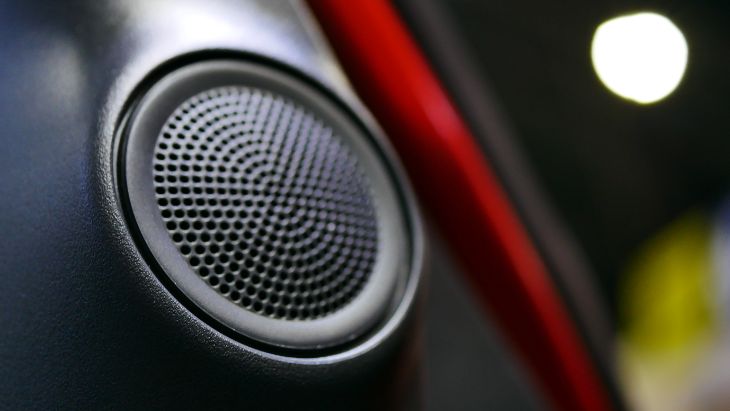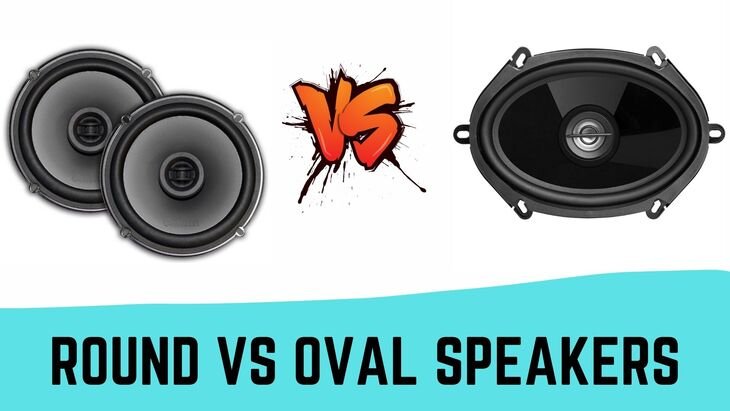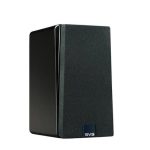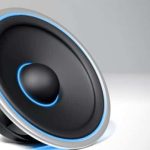For the majority of audiophiles, having a fun car ride or road trip entails having a great car sound system. Listening to music while driving, especially on a long-distance trip, is more fun when accompanied by great-sounding car music. The kind of car speakers you have largely determine the quality of sound you’ll have in your car. Thus, you need to invest in top-quality and great-sounding speakers.
When shopping for replacement speakers, you’ll come across round and oval speakers. These two speaker designs can be quite confusing in terms of the one that sounds better. Traditionally, speakers featured a round-shaped design. Today, you can also find oval speakers. Both round and oval speakers are available in several sizes to choose from depending on your preferences.
Wondering whether to choose round or oval speakers? Well, it can be quite challenging to choose between the two. In this article, we’ll look at round vs oval speakers, including their pros and cons, features, and which type is right for you.
Round Speakers

The design behind round speakers is done with a purpose, which is to allow for even signal dispersion. Thus, a round-shaped speaker allows for synchronized and clearer sound output due to the even sound dispersion from the driver.
Essentially, round speakers are available as component speakers including tweeters, mid-range speakers, woofers, and subwoofers. When installing component speakers, you connect them through a crossover to ensure each speaker gets sound signals of the appropriate frequency range.
The round shape of component speakers ensures each speaker has sufficient space to maximize its performance. For instance, the round shape of a woofer ensures it handles low frequencies to its best ability while a tweeter handles high frequencies to its best ability. That’s why they’re designed separately in a round shape.
Also, today you can find round coaxial speakers that come as 2-way coaxial speakers such as 4-inch speakers or 6.5-inch speakers. These 2-way round coaxial speakers include a round woofer driver and a tweeter driver mounted on the middle.
Advantages of Round Speakers
- Their design allows for reduced sound distortion
- They offer high sound quality
- They’re available as component speakers for enhanced sound customization
Disadvantages of Round Speakers
- They require more space for mounting
- They’re a costly investment when installing a sound system with full-range sound since you have to buy several component speakers
- They’re more challenging to install due to the multiple components involved
Oval Speakers
Oval speakers feature an oval shape. They’re basically coaxial speakers such as 6×9 speakers or 6×8 speakers. Oval speakers are designed that way since they comprise several speaker drivers mounted on one speaker basket. Their oval design allows for enough space to mount multiple drivers.
Oval speakers include 2-way, 3-way, and 4-way speakers. Essentially, 2-way speakers comprise a tweeter driver and a woofer driver while 3-way speakers comprise a tweeter, woofer, and mid-range driver. On the other hand, 4-way speakers comprise a tweeter, super-tweeter, woofer, and mid-range driver. The most common options are 2-way and 3-way oval coaxial speakers.
The long, oval design of these speakers allows them to fit in tight car spaces such that you’ll get full-range sound from just one single speaker. Thus, they allow for better sound quality in narrow spaces.
Advantages of Oval Speakers
- They offer great performance in tight spaces
- They don’t take up a lot of space
- They’re easier to install since fewer components are involved
- They offer a fuller frequency range
- Lower cost of installation
Disadvantages of Oval Speakers
- They don’t allow for sound customization
- They don’t deliver the best bass output
Which Type Is Better Between Round And Oval Speakers?
As you can see, both oval and round speakers have their own pros and cons. The right type for you will largely depend on your needs and preferences. For instance, if you want the best sound quality, consider installing round speakers since they deliver better sound quality than oval speakers. Their even shape minimizes distortion.
Also, if you want a custom sound system, round speakers will be your best pick since you can install them depending on the kind of sound output you want. For instance, if you want more bass and less highs, install more woofers and fewer tweeters. Oval speakers don’t offer the luxury of customizing the sound output since they’re designed as a complete set of full-range speakers. Also, if you’re a bass enthusiast, round speakers would be the right choice for you.
On the other hand, if you’re working with limited space, you should consider oval speakers as the right type for you. Oval speakers can fit in narrow spaces, unlike round speakers that take up more space. Also, oval speakers are more affordable to install than round speakers. It’s also easier to install oval speakers than round speakers. Oval speakers have a simpler installation process since they’re built in one speaker basket while round speakers feature a more complex installation process due to separate installation and special tuning.
Final Thoughts
There’s no definite winner between round vs oval speakers. They both have their advantages and shortcomings. Your ultimate choice should be based on factors such as sound quality, ease of installation, budget, and space requirements. With respect to sound quality, round speakers win hands down. On the other hand, oval speakers win in terms of budget, ease of installation, and taking minimal space. Regardless of the speakers you choose, be it round or oval speakers, ensure they’re of the best quality to get the best value for your money and enjoy improved sound quality in your car.
Michael Evanchuk is a San Francisco-based sound engineer with 20 years’ experience installing, troubleshooting, and repairing commercial, automotive, and household sound equipment. Evanchuk owns an auto stereo center, where he offers highly competitive car audio installation and repair services. He has written dozens of articles on different sound engineering topics, all of which have been published in leading journals, blogs, and websites.





